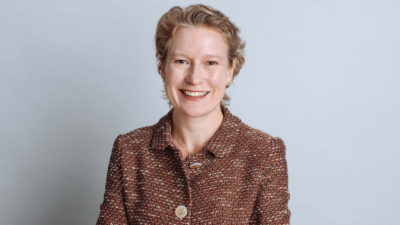US research questions wisdom of providing more choice
In a cautionary tale for super funds going down the member-directed investments path, a US academic has produced a paper, based on court filings and other independent pensions research, which is highly critical of large investment menus being afforded by corporate-sponsored savings plans.
Mercer E Bullard, a professor of law at the University of Mississippi, who specializes in securities law, says the courts have allowed large investment menus to be a defence under US law (ERISA’s “safe harbor” clause) when challenged by employees for failure to exercise due care in selection options for their 401(k) plans.
Bullard’s paper argues four main points about offering more – too much – choice:
. reduced participation rates
. overly conservative asset allocation selections
. inferior investment options in the plan itself
. information overload.
Even though many employers in the US offer incentives to employees to contribute more to their plan, the evidence is that there is an inverse correlation between investment choice and voluntary contributions. Other research supports this, such as people being less likely to buy an ice cream if there is a choice of 30 flavours compared with only five or six flavours
Bullard says: “The most prominent study on the effect of large 401(k) menus is also the most comprehensive. Three Columbia University researchers studied the participation rates of more than 800,000 employees across 647 plans.
“In short, they found that, with every 10 additional options, the plan’s participation rate declined by approximately two percentage points. As the number of investment options increased from two to 11, the participation rate declined steadily from 75 per cent to 70 per cent. The participation rate remained at approximately 70 per cent as the number of options increased from 11 to 30, at which point the rate began to decline approximately two percentage points for each 10-option increase. The participation rate declined to 67 per cent when the number of investment options increased to 35, and declined further to 61 per cent when the number of options reached 56.”
Evidence from Australian DIY super funds (SMSFs) is that, given the chance, members will go for very overweight cash and term deposits compared with the default option of a big professionally managed fund.
Bullard says increasing choice suppresses risk taking. “For example, in one study researchers asked subjects to choose from a series of hypothetical salary options. The researchers found that the subjects’ willingness to take risks was inversely correlated with the number of options offered. Similar studies have shown that subjects are more likely to make worse decisions as the number of options increases.”
The paper also argues that the “quality” of the investment options actually declines as the number of options increases. The likelihood of including clearly inferior options increases, which stands to reason.
The paper says: “Large menus cause employees to make worse choices either by making inferior asset allocation decisions or not participating in 401(k) plans at all. Large menus also result in inferior options being selected by employers. One explanation for investors’ behavioral response to large menus is information overload and complexity, which is particularly ironic in the context of the free market ideology underlying the large menu defence.”









